Almutaster pauciflorus, Alkali Marsh Aster
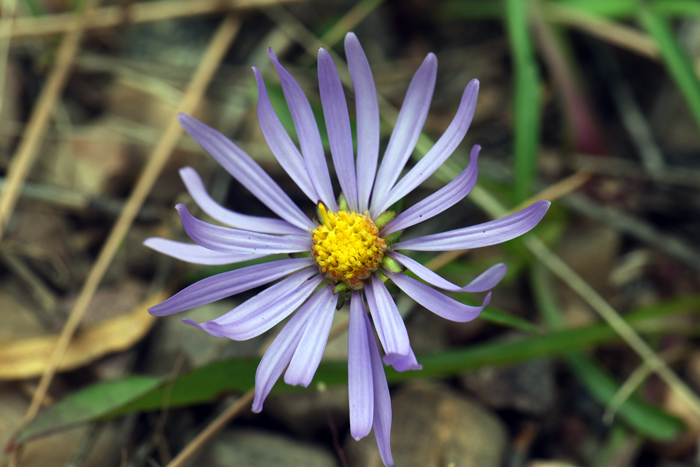
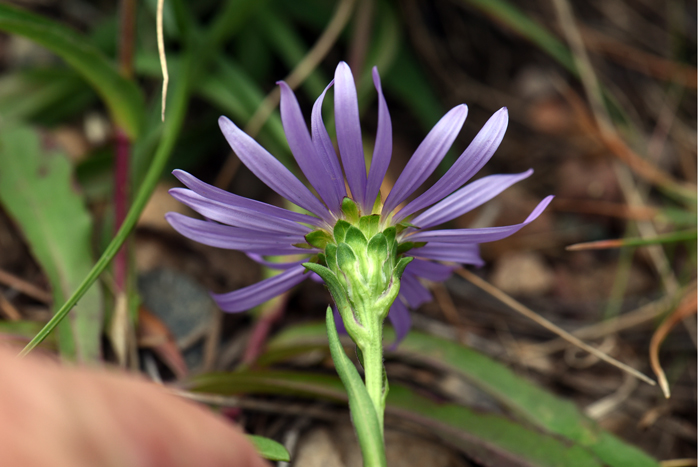
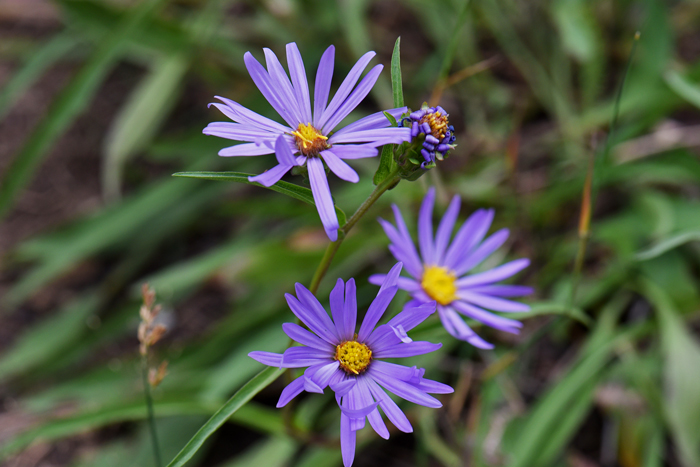
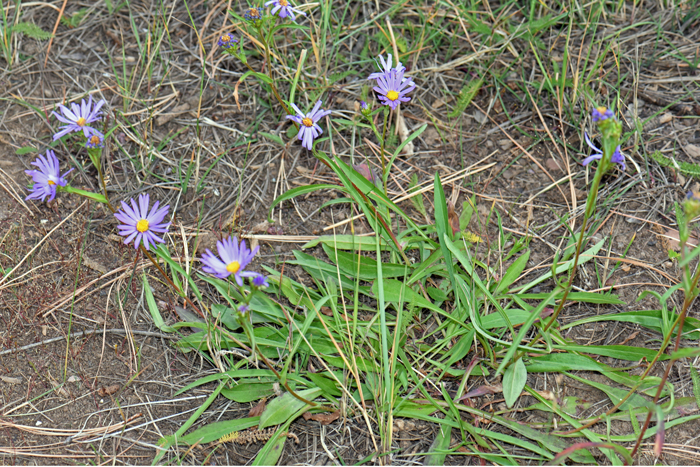
Scientific Name: Almutaster pauciflorus
Common Name: Alkali Marsh Aster
Also Called: Alkalai Marsh Aster, Alkali-marsh Aster, Alkalimarsh Aster, Marsh-Aster
Family: Asteraceae, Sunflower Family
Synonyms: (Aster pauciflorus, Aster hydrophilus, Tripolium pauciflorum)
Status: Native
Duration: Perennial for a rhizome.
Size: 12 to 47 inches (30-120 cm).
Growth Form: Forb/herb; partially colonial; plants upright (erect) to spreading horizontally, then becoming erect (ascending), stems reddish-green, becoming hairless, upper stems glandular-pubescent.
Leaves: Green; lower leaves linear, with short supporting stalk; upper leaves without supporting stalk, wider and glandular; leaf edges (margins) generally smooth.
Flower Color: Purple, lavender or whitish, flowers showy, daisy-like, 3 to 10 heads on branch tips; floral heads with both ray and disk florets; bracts surrounding heads broadly linear and glandular.
Flowering Season: May to September, June to October in California.
Elevation: 650 to 7,800 feet (200–2,400 m) depending on locality.
Habitat Preferences: alluvial and alkaline soil, often found in salty areas with halophytic vegetation, along streams, ditches, desert and dry prairie areas, inland salt marshes.
Recorded Range: Almutaster pauciflorus is found from northern Canada (Northwest Territories), Alberta, Saskatchewan, Manitoba southward into the United States through North Dakota, South Dakota, Montana, Wyoming southward through the southwestern United Stated and south into northern and central Mexico; in California this species is found in the Mojave Desert.
North America & US County Distribution Map for Almutaster pauciflorus.
North America species range map for Alkali Marsh Aster, Almutaster pauciflorus:
North American range map courtesy of Virginia Tech, Dept. of Forest Resources & Environmental Conservation
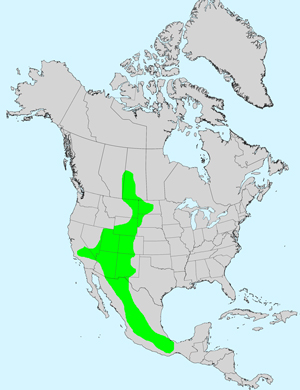
U.S. Weed Information: Unknown
Invasive/Noxious Weed Information: Unknown
Wetland Indicator: In North America Almutaster pauciflorus has the following wetland designations:
FACW = Facultative Wetland, usually occur in wetlands, but may occur in non-wetlands
Threatened/Endangered Information: In North America Almutaster pauciflorus is listed in The California Native Plant Society (CNPS) Rare and Endangered Plant Inventory; California Rare Plant Rank: 2B.2 - Rare or Endangered in California, common elsewhere. 2: Fairly endangered in California
Genus Information: In North America, and world-wide, according to The Plant List, there is 1 species and 1 accepted taxa overall for Almutaster.
The genus Almutaster was published in 1982 by Askell Love and Doris Benta Maria Love.
Comments: Arizona locations: San Bernardino Ranch and valley of the San Pedro River (Cochise County); Santa Cruz River valley and Aqua Caliente (Pima County)
In Southwest Desert Flora also see superficially similar looking species Mesa Tansyaster, Machaeranthera tagetina, Tansyleaf Tansyaster, Machaeranthera tanacetifolia and Hoary Tansyaster, Xylorhiza tortifolia.
The genus Almutaster was published in 1982 by Askell Love and Doris Benta Maria Love.
The species epithet "pauciflorus" means few-flowered.

